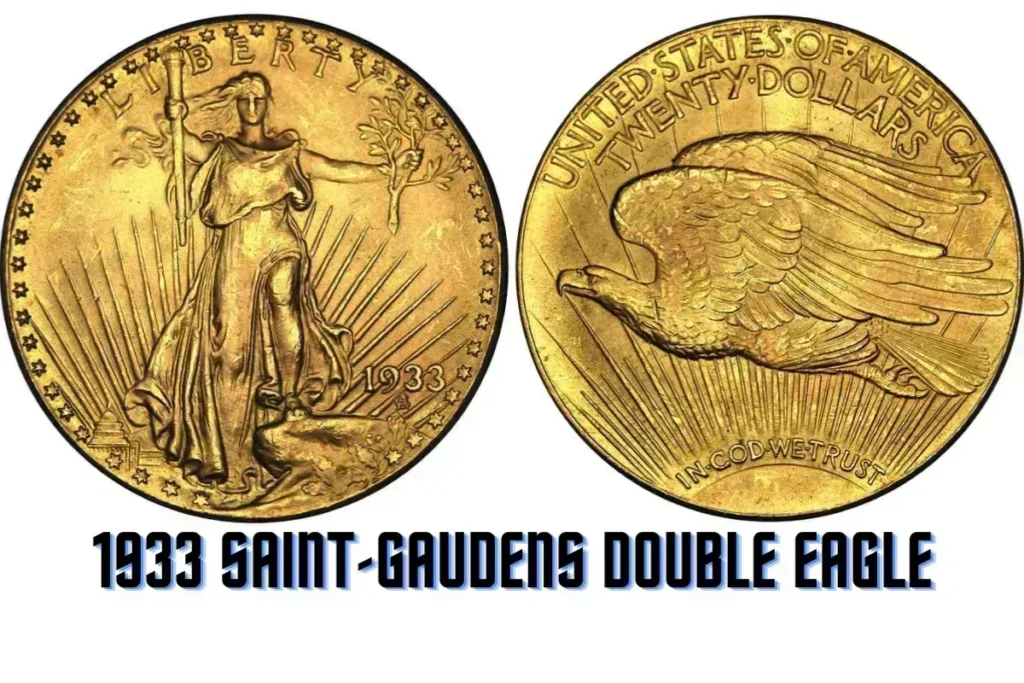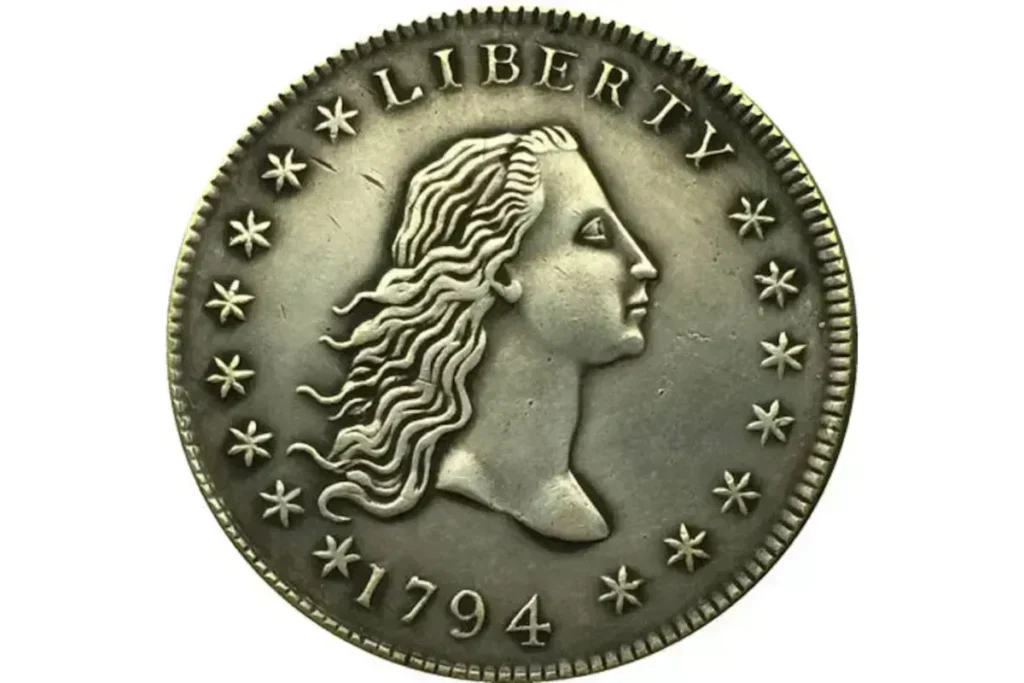Coins can be much more than just currency; some are incredibly valuable due to their rarity and historical significance. Among these rare finds are the Bicentennial Quarter,
the 1933 Saint-Gaudens Double Eagle, and the 1794 Flowing Hair Silver Dollar. Let’s explore what makes these coins so special and why they are worth millions.
What Makes the Bicentennial Quarter So Valuable?
The 1976 Bicentennial Quarter was minted to celebrate 200 years of U.S. independence. Its unique design features a colonial drummer on the back.
What sets some of these quarters apart is their rare production errors, which can make them worth an extraordinary amount. One such error coin has been valued at nearly $90 million due to its rarity and the mistake in its minting.
Two Other Rare Coins Worth Over $30 Million
The 1933 Saint-Gaudens Double Eagle

This gold coin was never officially released into circulation, making it one of the most sought-after coins in history. Its rarity and historical importance have driven its value to over $30 million at auction. It’s known for its stunning design and the unique history behind its limited issuance.
The 1794 Flowing Hair Silver Dollar

Believed to be the first silver dollar minted by the U.S., this coin is valued at more than $30 million. Its historical significance as a first-ever minting piece and its rarity contribute to its high value among collectors.
Why Are These Coins So Expensive?
Several factors contribute to the high value of these rare coins:
- Rarity: Fewer coins were minted, and even fewer remain in excellent condition.
- Historical Significance: Coins with notable historical importance are more valuable.
- Minting Errors: Coins with mistakes in their production, like misprints or design errors, can be much more valuable.
How to Spot a Rare Coin
If you’re interested in finding valuable coins, keep these tips in mind:
- Look for Minting Errors: Coins with errors, such as double strikes or misaligned designs, are often worth more.
- Check the Date and Mint Mark: Coins from certain years or mint locations can be rarer.
- Condition: Coins that are in mint or uncirculated condition generally have higher value compared to worn-out coins.
Owning a rare coin like the Bicentennial Quarter, the 1933 Double Eagle, or the 1794 Flowing Hair Silver Dollar is not only financially rewarding but also provides a connection to history.
Whether you are a serious collector or just starting out, discovering a rare coin can be an exciting experience.
1. Why is the 1976 Bicentennial Quarter so valuable?
The 1976 Bicentennial Quarter is valuable due to its rare minting errors, which make certain coins worth millions.
2. What is the 1933 Saint-Gaudens Double Eagle?
The 1933 Saint-Gaudens Double Eagle is a gold coin that never officially circulated and is valued over $30 million due to its rarity and history.
3. How can I tell if my coin is rare?
Look for minting errors, check the date and mint mark, and evaluate the coin’s condition to determine its rarity.
4. Why do minting errors increase a coin’s value?
Minting errors make a coin unique, and collectors often pay more for coins with such mistakes.
5. What is the 1794 Flowing Hair Silver Dollar?
The 1794 Flowing Hair Silver Dollar is considered one of the first U.S. silver dollars and is worth over $30 million due to its historical importance and rarity.













